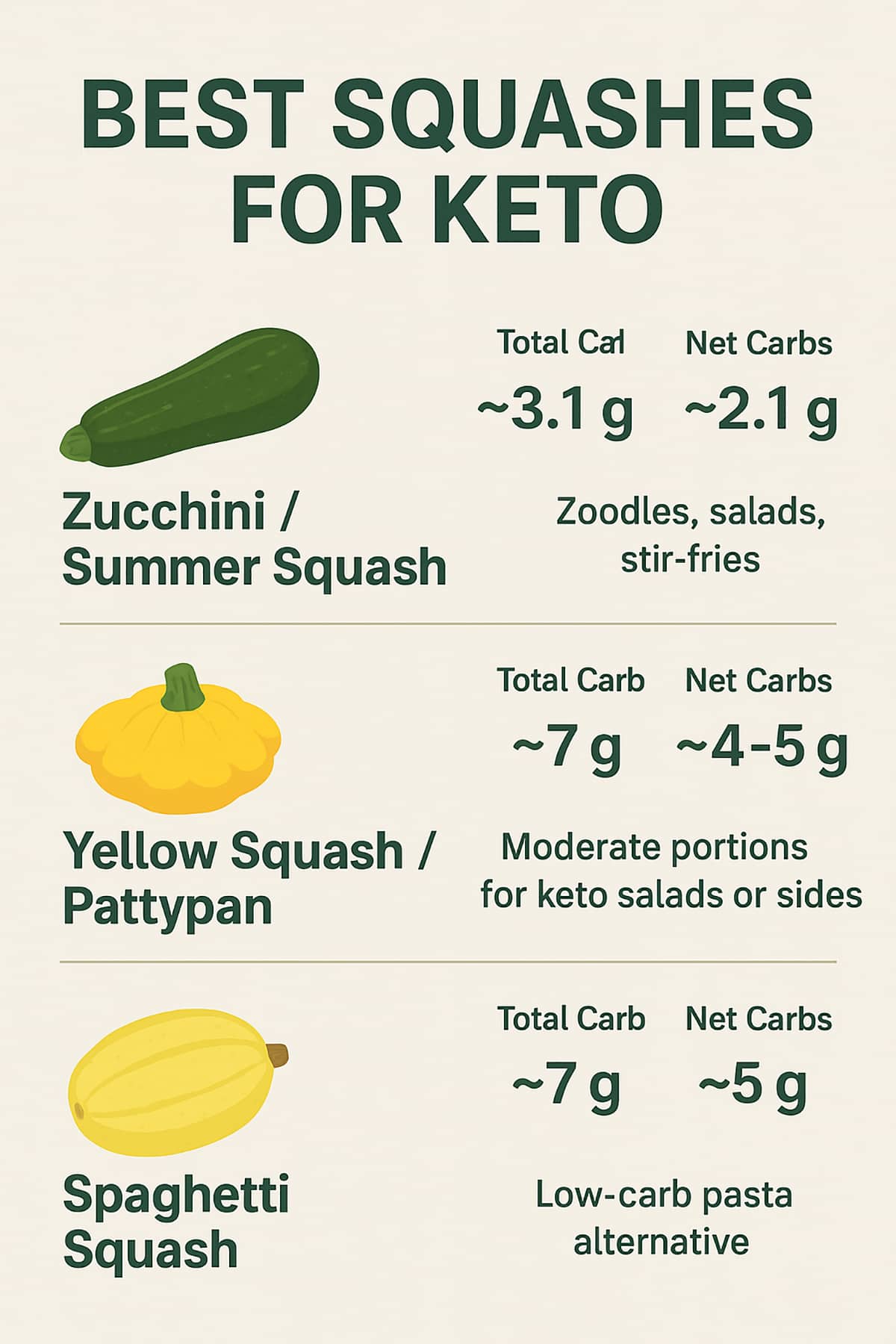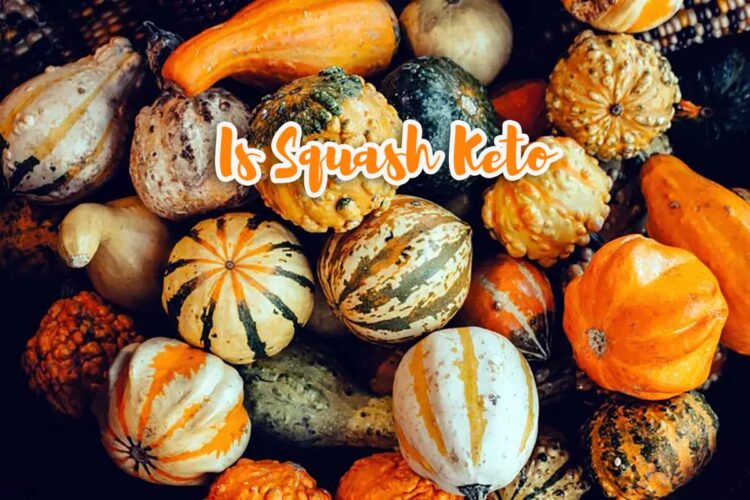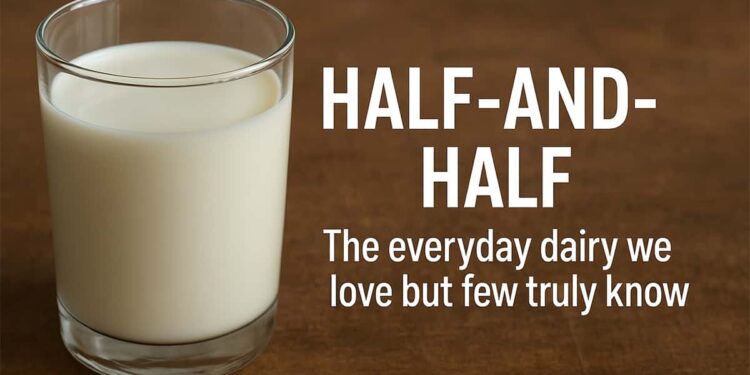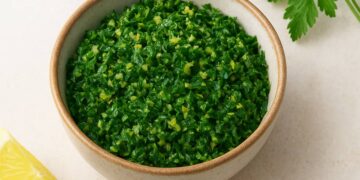When you get home from the market and bring squash into the kitchen, the squash is brightly colored and has a unique shape, and you start to wonder, “Hmm… is squash keto?” This question is natural, because most people think of squash as a starchy fruit like potatoes. However, if we dig deeper, there are several types of squash that are actually very keto-friendly.
Now, I’ll show you which squashes to choose, which ones to limit, and how to consume them properly. I’ll explain everything simply and clearly here.
Understanding the Keto Question
Before I explain further, let’s first understand what keto is, or the keto diet. The ketogenic diet is a diet that limits net carbs to around 20 to 50 grams per day. Net carbs = total carbs minus fiber. So, even though squash contains carbohydrates, its fiber content makes the net carb count very reasonable. Typically, this is found in summer squash varieties, such as zucchini or yellow squash. [KetodietApp]
Best Squashes for Keto
So, now we know which ones are good for the keto diet and which ones need to be limited. Let’s look at their net carb levels.
- Zucchini or summer squash: Only ~3.1 g total carbs per 100 g, with ~2.1 g net carbs. That’s roughly 0.6 g net carbs per ounce. Ideal for “zoodles,” salads, or stir-fries.
- Yellow squash/pattypan squash: About ~7 g total carbs and ~2–3 g fiber → ~4–5 g net carbs per 100 g. Still low enough to fit into keto (but it’s important to keep portions moderate).
- Spaghetti squash: Slightly higher at ~7 g carbs, ~2 g fiber → ~5 g net carbs per 100 g. Great as a low-carb pasta alternative on keto.
In essence, summer squash (zucchini, yellow squash, pattypan squash) are consistently keto-approved. Spaghetti squash is also suitable if you carefully monitor your macro intake.

Check this Table for the explanation above
| Squash Type | Total Carbs (per 100 g) | Fiber (g) | Net Carbs (g) | Keto-Friendly Uses |
|---|---|---|---|---|
| Zucchini / Summer Squash | ~3.1 g | ~1 g | ~2.1 g | Zoodles, salads, stir-fries |
| Yellow Squash / Pattypan | ~7 g | 2–3 g | ~4–5 g | Moderate portions for keto salads or sides |
| Spaghetti Squash | ~7 g | ~2 g | ~5 g | Low-carb pasta alternative |
⚠️ Watch the Winter Squash
What about winter squash, which is said to be higher in carbohydrates and has a sweeter flavor?
- Butternut squash: Contains ~12–16 g total carbs, ~2–3 g fiber → ~10–15 g net carbs per 100 g. Just one cup meets half of the safe carb intake for keto.
- Acorn squash: ~10 g total carbs, ~1.5 g fiber → ~8.5 g net carbs per 100 g.
Kabocha, pumpkin, delicata, and similar varieties also tend toward 8–15 g net carbs per serving. If desired, you can include them in your diet, but only in small portions. These squashes are not as keto-friendly as summer squash.
💡 Why Squash Can Still Be Keto-Friendly
There are several reasons why squash can still be consumed by those on a Keto diet, especially Summer Squash. Now, this actually answers the question ‘Is Squash Keto?’, although we will explain further. Let’s take a look at some of these reasons:
- Low in carbohydrates, this makes squash easy to incorporate into a keto macro diet plan.
- High in fiber: This is great for keeping someone full longer and is good for maintaining digestive health.
- Another reason is that it’s rich in micronutrients, like vitamins A and C, potassium, manganese, and antioxidants such as beta-carotene and lutein. All of these ingredients support immune, eye, and heart health.
- Extremely versatile: You can use squash as a pasta substitute (zoodles, spaghetti squash), roasted sides, stir-fries, soups, or simple salads.
📏 Portion Control Is Key
Although squash can still be included in this diet, it’s important to pay attention to portion sizes. Similarly, for IBS sufferers, portion control is key with low-FODMAP foods.
- Stick with small servings (e.g., a few roasted cubes).
- Consume by mixing it with fats and proteins (e.g. butter, olive oil, cheese, bacon). This is important in slowing down digestion and keeping blood sugar stable. [lowcarbyum.com]
- What about winter squash? This higher-carbohydrate squash can be consumed occasionally and is not good to be made into a staple food eaten every day.
- Use Summer Squash in moderation, you can make yellow slices, and shredded pattypan all work beautifully.
🧪 Sample Carb Breakdown (per 100 g cooked)
Keto-Friendly Squash Cooking TipsFor those on this diet, pay attention to these tips for cooking squash properly. This way, you don’t need to worry about excess carbohydrates. By choosing the right combination, this dish will remain low-carb and rich in fiber.
- Zoodles or ribbons: Spiralize zucchini into low-carb pasta and top with keto pesto or meat sauce.
- Roasted medley: Slice zucchini and yellow squash; toss in olive oil, salt, and herbs, and roast until tender.
- Spaghetti squash noodles: Bake, fork-shred, and serve with butter, meat (choose halal meat), or cream sauce.
- Mini servings of butternut or acorn: Roast small cubes and mix into keto-friendly soups or stews—watch portions or stick to small or medium portions.
- Pattypan boats: Hollow out and stuff with cheese, bacon bits, or meat—bake until golden.
- Salads and crudités: Raw slices or lightly grilled summer squash add crunch and volume to salads.
Understand and practice how to serve this squash to ensure it’s safe for your diet.
✅ Conclusion: Is Squash Keto?
Absolutely, but this depends on a few key points:
- Is squash keto? Yes, especially summer squash like zucchini, yellow squash, or pattypan squash.
- Spaghetti squash? Yes, it’s keto-friendly, but it should be consumed in moderate portions.
- Winter squash (butternut, acorn, kabocha): These are higher in carbohydrates, so if you’re on a keto diet, you can eat them in small portions and carefully track portions.













